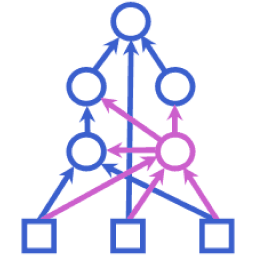Decision Support System "Solon-Experience"
Decision support system “Solon-Experience” is designed for decision-making support in situations where certain alternatives (which are better in the context of similar decision making experience) should be selected from a given set. Alternatives are estimated according to several qualitative and quantitative criteria.
The technology is a universal one, since it does not depend on the nature of compared alternatives. It is also flexible, i.e. it allows the decision-maker to use any alternative estimation criteria.
“Solon-Experience” DSS users are: establishments and enterprises of different property forms where the DSS can be used for selecting projects during tenders, appointing best candidates on vacant posts, equipment, software, contractor selection, etc, in cases when experience of making and implementation of similar decisions is available.
Alternative selection in DSS “Solon-Experience” is performed in several stages:
At the first stage the decision-maker (DM) selects criteria, according to which, in his\her opinion, alternatives must be estimated. At this point(s) he can select criteria from criteria set suggested by the system or formulate these criteria him(her)self.
At the second stage the DM inputs characteristics of similar decisions made in the past into the system, and compares them according to the global success criterion. Then the DM compares these same decisions according to specific criteria selected for comparative estimation of alternatives. The system suggests the choice of the most suitable method for this from among several methods differing in accuracy (precision), labour intensiveness, question types, and information input modes. During dialogue with the DM the DSS reveals contradictions in estimates of previously taken decisions’ preferences and helps the DM to eliminate these contradictions. Based on these data the DSS calculates criterion weight coefficients reflecting previous decision estimates according to global criterion and local criteria, i.e. usage of previous decisions’ experience by the DM.
After such system “fine-tuning” conducted in the specified way, the DM is asked to estimate each alternative in accordance to the selected criteria set.
The essence of the next stage is to calculate the alternative rating function values taking criterion weights and aggregate expert estimates of alternatives according to each criterion into account.
At the last stage the system ranks the alternatives according to their rating function values, and displays the results in a user-friendly way.

